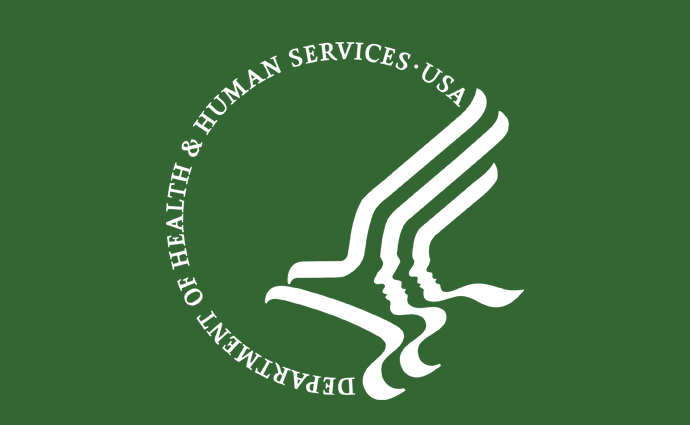Potential Medicare Reimbursement Demo to Lower Part B Drug Prices
A possible mandatory demonstration would modify the Medicare reimbursement system for certain Part B drugs by leveraging the power of private-sector vendors.

Source: Xtelligent Healthcare Media
- In an effort to control prescription drug prices, HHS is proposing a mandatory demonstration that would test a new Medicare reimbursement model for certain physician-administered drugs payable under Part B.
The proposed International Pricing Index (IPI) payment would use private-sector vendors to procure, distribute, and bill Medicare for certain physician-administered drugs. Medicare would reimburse the vendors at a rate comparable to the rate listed in the international price index.
Physicians and hospital outpatient departments in the mandatory regions would need to select a participating vendor to acquire the drugs selected by the model. Medicare would still reimburse providers an administration payment and provide a potentially flat fee drug add-on payment.
HHS intends for the IPI payment model to reduce Medicare spending on Part B, which increased from $17.6 billion in 2011 to approximately $26 billion by 2016.
“President Trump promised that he would bring down drug prices and put American patients first,” HHS Secretary Alex Azar stated in an official press release. “With this innovative approach, he is now proposing historic changes to how Medicare pays for some of the most expensive prescription drugs, securing for the American people a share of the price concessions that drug makers voluntarily give to other countries.”
A recent HHS analysis of Medicare spending on separately payable Part B physician-administered drugs revealed that the prices of those prescriptions were significantly higher in the US compared to sixteen other developed countries, including Canada, France, Germany, and the United Kingdom,
Despite Medicare being one of the world’s largest drug purchasers, prices in the US were 1.8 times higher compared to the other economies.
The high prices resulted in Medicare and its beneficiaries “bearing unnecessary, potentially avoidable costs for Part B drugs,” CMS stated in a fact sheet on the IPI payment model. CMS would be the HHS agency executing the payment model.
The IPI payment model would bring Medicare reimbursement rates for Part B drugs closer to the prescription drug prices observed in the sixteen other developed economies, CMS explained.
The current Medicare Part B reimbursement system pays providers and hospitals based on the average sales price (ASP) of a Part B drug, plus a 6 percent add-on for storing the drug properly. CMS expressed concerns that the ASP plus add-on methodology incentivizes providers to prescribe higher-cost drugs to maximize their revenue, especially since the amount of the add-on payment increases as the price of the drug rises.
To address the concern and bring Medicare Part B spending down, HHS proposed to test an alternative payment for certain drugs that had ASPs higher than the international price.
If finalized as proposed, the IPI payment model would establish a system in which private vendors acquire drugs, distribute them to physicians and hospitals, and assume the billing responsibility.
Using private-sector vendors to supply physicians and hospital outpatient departments with drugs and biologicals is another significant change from the current Medicare reimbursement system for Part B drugs.
Under the alternative payment arrangement, CMS would reimburse the vendors based on a target price derived from the international price index. The new arrangement would also gradually draw down Part B drug prices toward international prices over the course of the five-year model.
The IPI payment model would only apply to single source drugs and biologicals at first since they account for a high percentage of Medicare spending on Part B and are frequently used by physicians.
Hospitals and physicians in the mandatory areas would still receive an administration payment from Medicare for delivering the drugs to patients.
They would also get a drug add-on payment similar to the 6 percent add-on in the current Medicare reimbursement system. However, the add-on payment would not be tied to drug prices. Instead, the payment would be a set amount per encounter or per month for an administered drug.
CMS is also considering setting the add-on payment amount for each class of drugs, physician specialty, or physician practice or hospital.
CMS projected that the IPI payment model would result in approximately 30 percent savings in total spending on the selected Part B drugs.
The use of private-sector vendors should also introduce competition to the US healthcare market and shift the financial risk of handling drugs away from providers, HHS pointed out.
HHS anticipates launching the proposed IPI payment model in the Spring 2020.
Healthcare stakeholders can comment on the proposed rule until Dec. 31, 2018.
